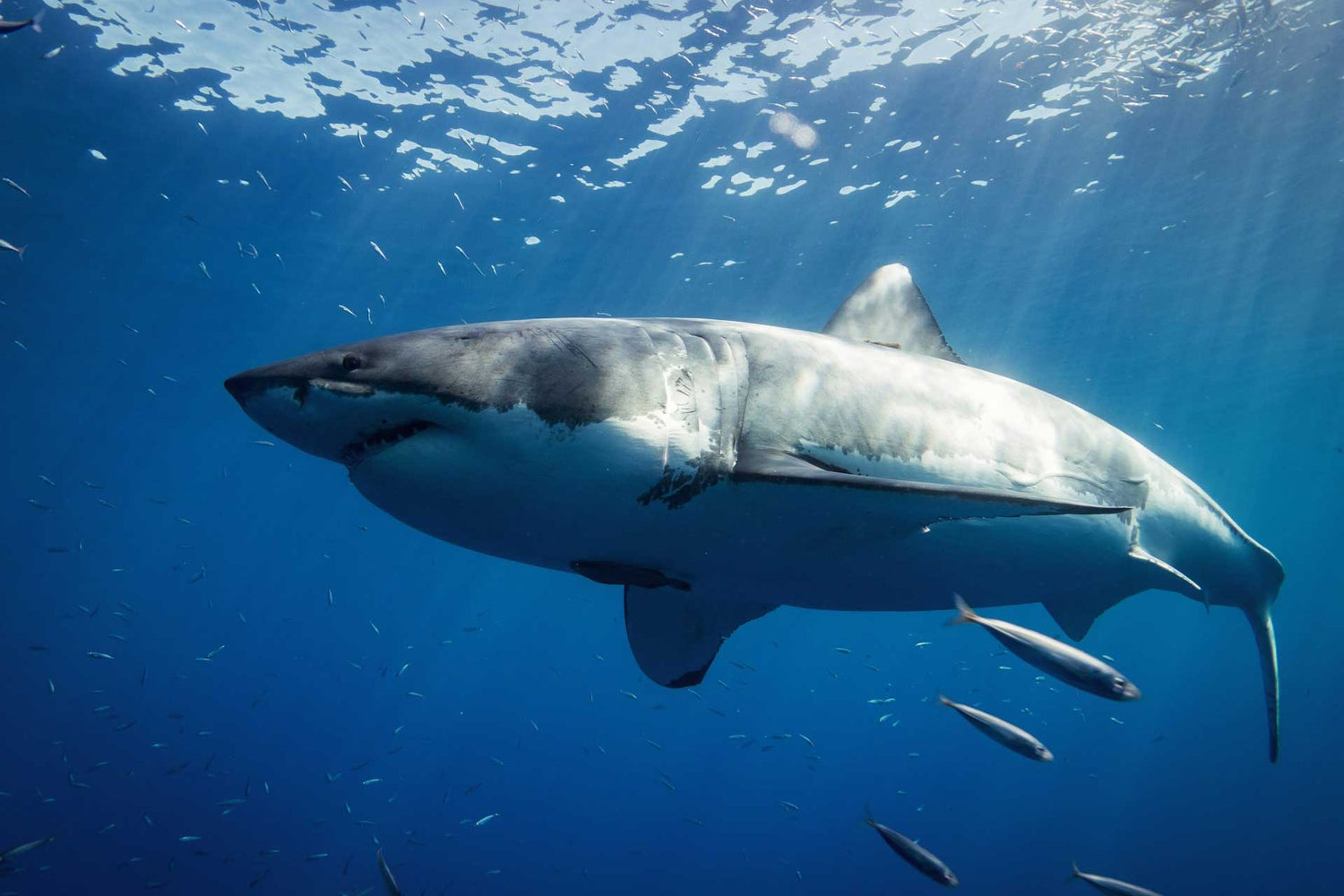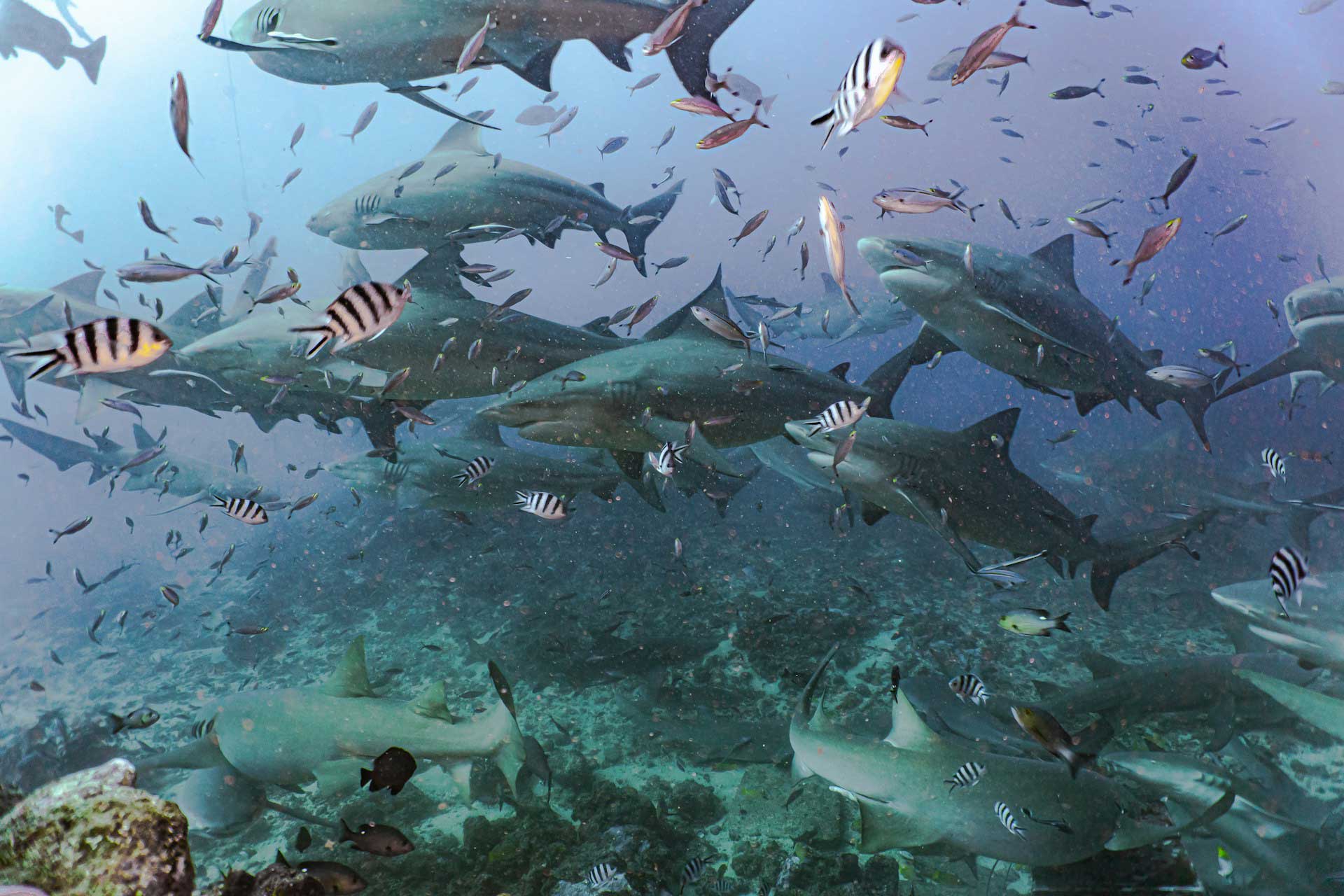Sharks can be large and ferocious apex predators or filter-feeding plankton-eaters, and the majority of shark species are harmless to humans. Of the approximately 520 identified shark species, only 13 types of sharks have bitten humans more than 10 confirmed times. Even the few species of sharks capable of attacking humans rarely do so. According to the Florida Museum of Natural History’s International Shark Attack File, there were 57 unprovoked shark attacks on humans worldwide in 2022.
Great White sharks, Tiger sharks, and Bull sharks account for the majority of fatal shark attacks on humans. Referred to as the “Big Three,” these shark species are often six feet (about 1.8 meters) or greater, they have sharp teeth evolved to slice through prey, and people commonly enter areas where they are present.
While the “Big Three” often steal headlines, a number of other shark species are involved in attacks on humans, so it is important to research and understand the specific dangers you will be facing before getting in the water at a particular location. For example, in Florida, where most of the shark attacks in the United States take place, blacktip sharks are responsible for the majority of incidents. Though these incidents are rarely fatal due to their relatively small size, blacktip sharks can still cause significant injury.
Awareness of the types of sharks in the water, their habits, and ways to avoid attacks are crucial components of a sound safety plan. Surfers, swimmers, divers, and other ocean goers commonly see and interact with a wide range of shark species, and the majority of these interactions are peaceful and awe-inspiring.
Ignorance, lack of caution, and even sheer bad timing could result in these situations turning violent. On the one hand, someone in the water could invite a shark attack by swimming with fishing bait and splashing around, but it is also possible that one could exercise responsible shark safety procedures and still be attacked by a shark by jumping in the water just as a shark swims underneath them. Thus, knowing what to do if attacked by a shark, which will be discussed in Part II, is imperative.
Dangerous as they are, people trained in shark safety frequently dive with all types of shark species without harm. By understanding shark behavior and implementing sound safety plans, people can minimize the risk of a shark attack.





